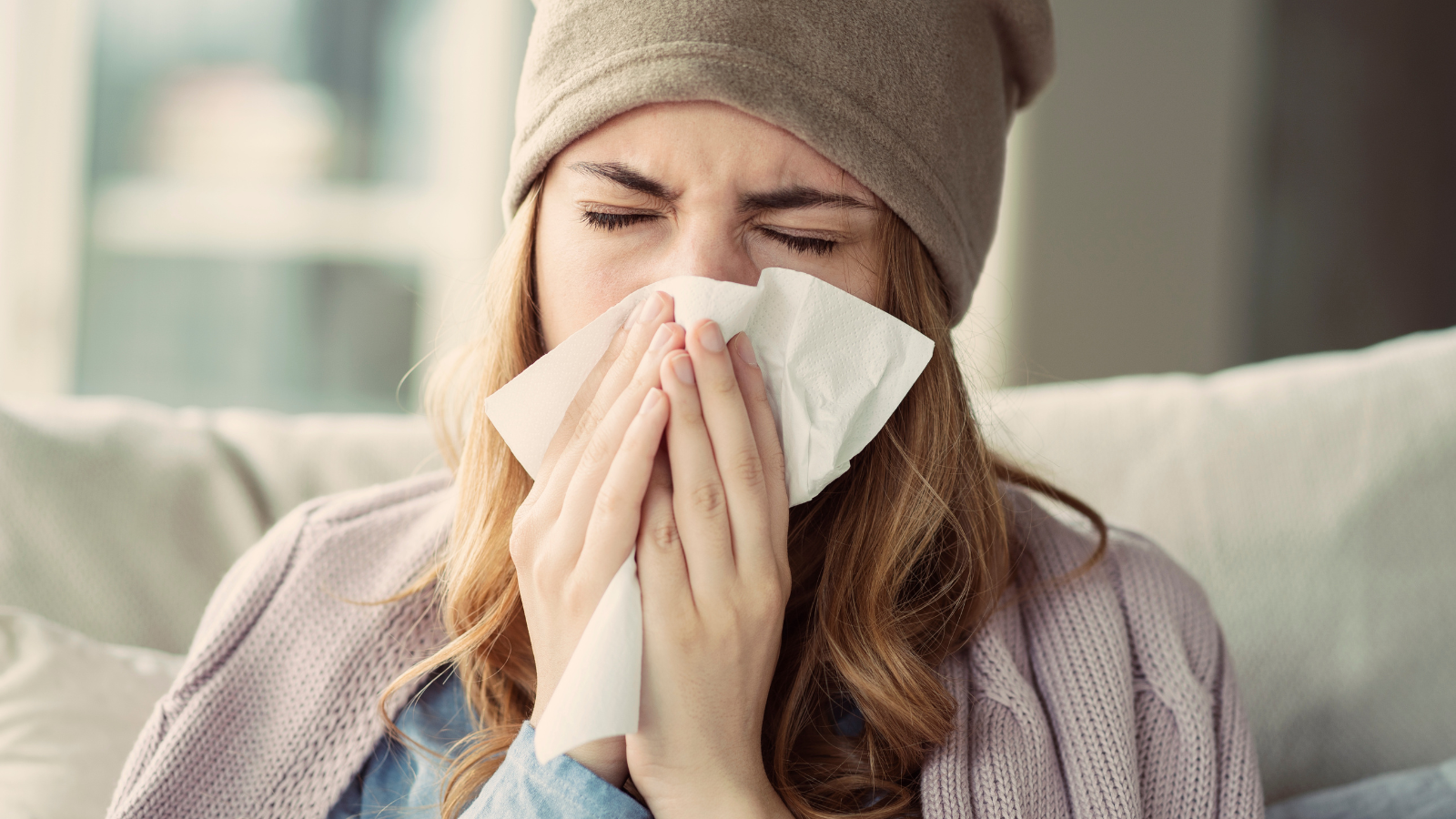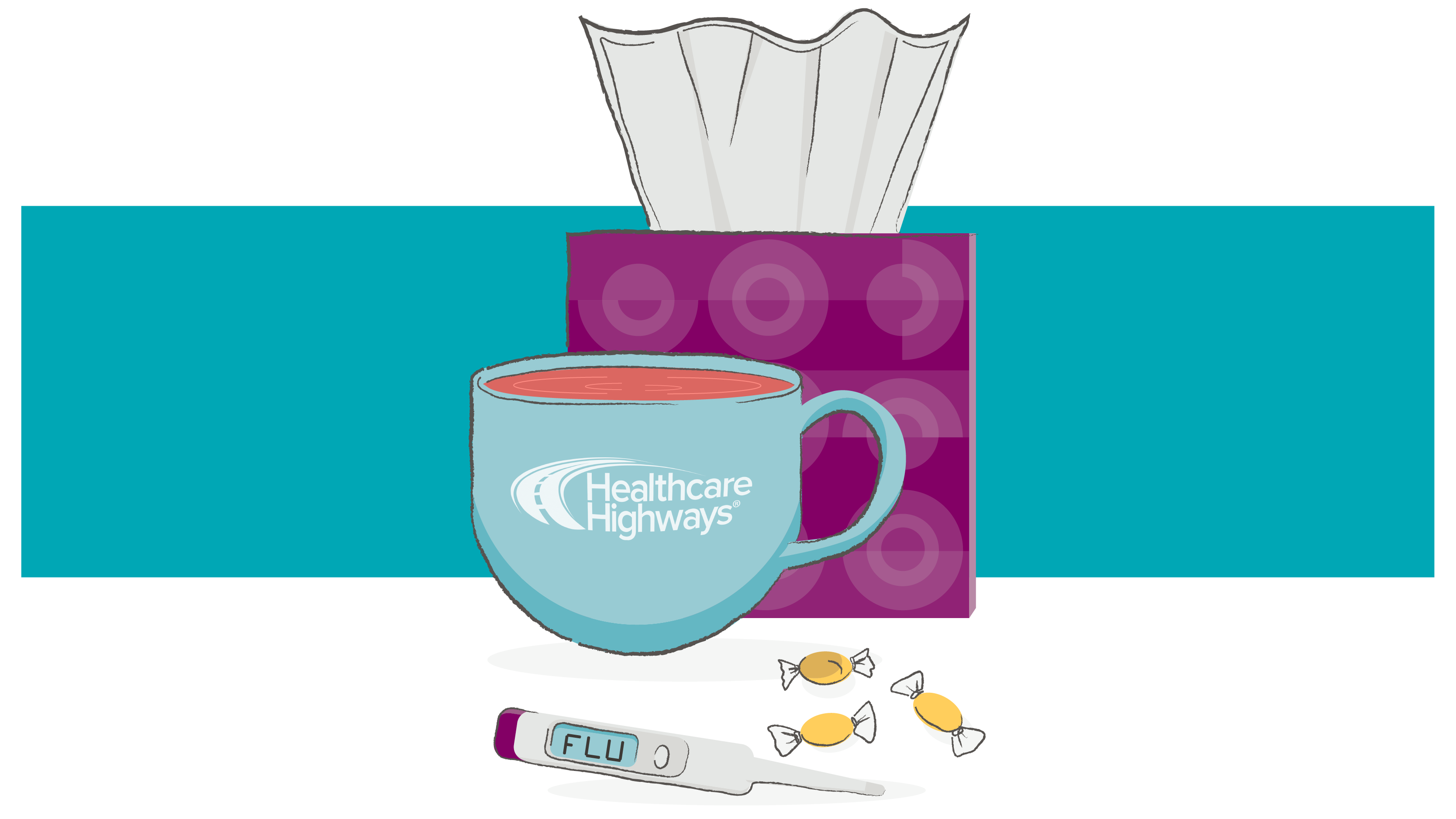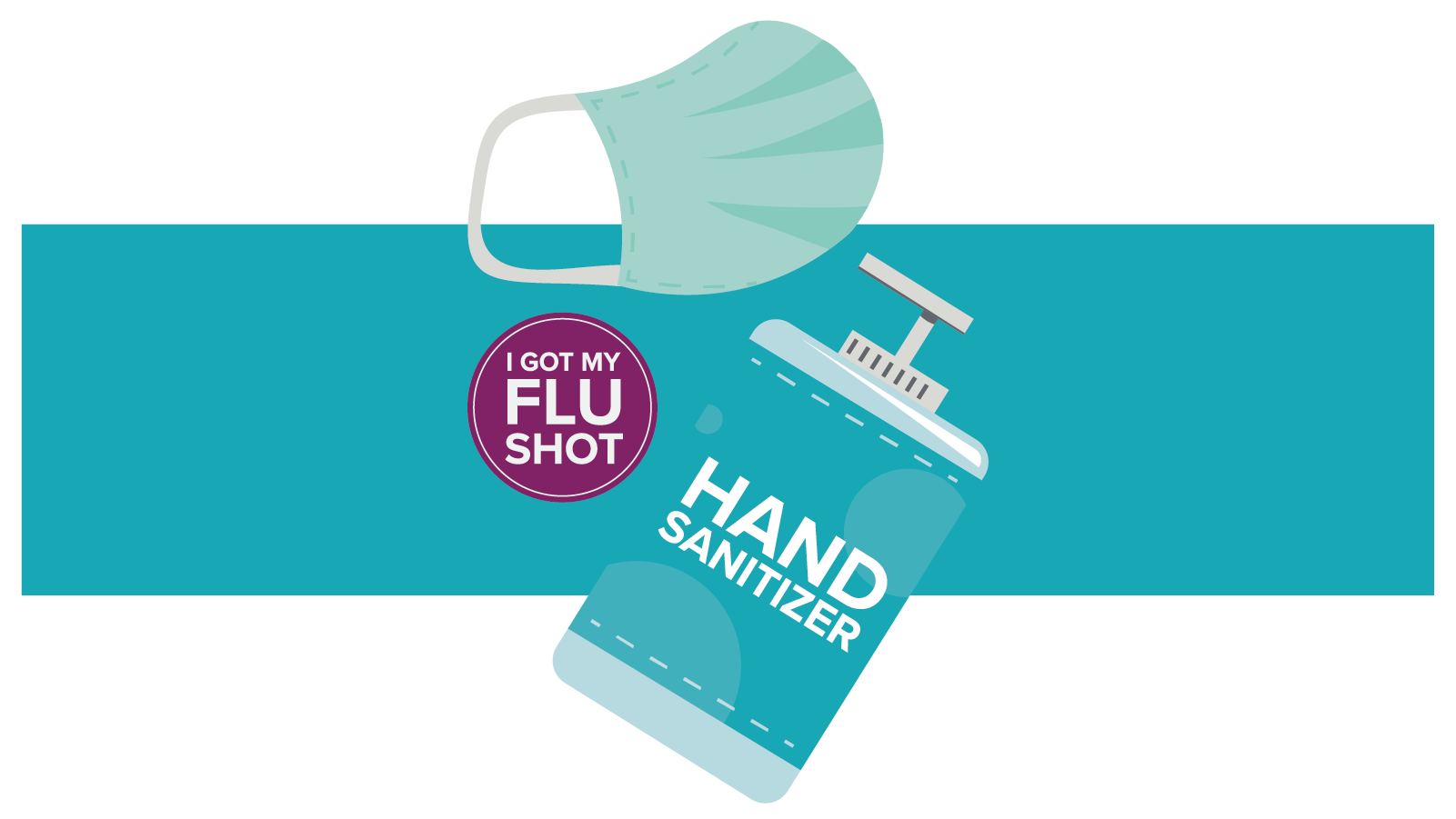3 min read
COVID-19, the Common Cold, and the Flu. Is There Really a Difference?
Healthcare Highways : Sep 17, 2024

Coronavirus (COVID-19), the common cold, and the influenza (flu) leave people feeling the same - crummy. Since the pandemic, COVID-19 has become the diagnosis for every symptom. You have a cough, COVID-19, you are sneezing, COVID-19. However, can every illness be categorized as COVID-19? This article will explore the differences and similarities between COVID-19, the common cold, and the flu.
COVID-19 Symptoms and Stages
In March 2020, coronavirus (also known as COVID-19) surged globally. For the first time, highways were empty, airports were bare, and popular tourist spots had no lines. COVID-19 isolated the world in a way people hadn’t experienced before.
What made COVID-19 so interesting was the rate at which it was spreading and the spontaneity of infection. Some people got infected, while others didn’t. COVID-19 spreads at a rapid rate, infecting the other person quickly. Some people don’t have any symptoms, while some develop symptoms three weeks later.
As an upper respiratory illness, COVID-19 is caused by SARS-CoV-2. Symptoms usually include fever, chills, fatigue, muscle aches, loss of sense of taste or smell, difficulty breathing, nausea or vomiting, and diarrhea, usually starting within 2 to 14 days after exposure. The Centers for Disease Control and Prevention states that you can’t tell the difference between the flu and COVID-19 by symptoms alone because they have some of the same symptoms. (CDC, 2024a).
The Flu Symptoms and Stages
The flu is also a contagious respiratory illness caused by the influenza virus infecting the nose, throat, and sometimes the lungs. Flu season typically is in the fall and winter seasons, but seasonal flu viruses are detected year-round. The flu typically progresses through several stages, each with distinct symptoms:
Day 1-3: This is when people are most contagious. Symptoms could include fever, chills, muscle aches, weakness, sore throat, cough, headache, stuffy nose, and vomiting.
Day 4-6: Symptoms could include coughing, mild chest discomfort, dry or sore throat, fatigue, fever, and muscle aches will decrease.
Day 8: Symptoms usually decrease but there might be a lingering cough and tiredness for a couple weeks or longer. (CDC, 2024b).
The Common Cold Symptoms and Stages
Much like the flu, the common cold progresses in stages. Caused by rhinoviruses, the common cold has symptoms such as a cough, sneezing, and a runny or stuffy nose, with most people having colds in the winter months. Symptoms usually begin 1 to 3 days after exposure to the virus. In days 4 to 7, symptoms begin to worsen with body aches, headaches, runny eyes and nose, fatigue, and a fever. On days 8 to 10 the cold usually starts to wind down, with just a nagging cough. (Cleveland Clinic, 2023)
Differences Between COVID-19, the Flu, and the Common Cold
COVID-19, the flu, and the common cold are all respiratory illnesses, but they differ in severity, symptoms, and causes. The SARS-CoV-2 virus causes COVID-19 and can lead to severe respiratory issues, including loss of taste or smell, which is less common in the flu or a cold. The flu, caused by influenza viruses, often comes suddenly with high fever, chills, and severe body aches. The common cold, usually caused by rhinoviruses, has milder symptoms like a runny nose, sneezing, and sore throat, and rarely leads to serious complications. While symptoms overlap, COVID-19 generally has more significant health risks. (CDC, 2024c).
Similarities Between COVID-19, the Flu, and the Common Cold
Although the flu, COVID-19, and the common cold share many symptoms, they are caused by different viruses and can have varying degrees of severity. Understanding these differences is crucial for proper diagnosis and treatment. If you're experiencing symptoms, especially during flu season or a COVID-19 surge, it's essential to get tested to determine the exact cause and take appropriate precautions.
All three illnesses, flu, COVID-19, and the common cold are caused by viruses that affect the respiratory system. They share several symptoms, including:
- Cough
- Sore throat
- Runny or stuffy nose
- Fatigue
- Body aches
The transmission methods are also similar, as these viruses spread through respiratory droplets when an infected person coughs, sneezes, or talks and the other person inhales the droplets. (CDC, 2024c).
How to Avoid Getting COVID-19, the Common Cold, and the Flu
The best way to combat getting sick is to stay home when you develop symptoms until you are feeling better. Stay home and away from other people until your symptoms have subsided. If your symptoms persist, or are severe, be sure to consult with your primary care physician.
How Healthcare Highways Can Help
Our medical provider networks allow members to access care closer to home, search for a provider at healthcarehighways.com/find-a-provider/.
Resources:
- Centers for Disease Control and Prevention. (2024a, June 13). About covid-19. Centers for Disease Control and Prevention. https://www.cdc.gov/covid/about/index.html
- Centers for Disease Control and Prevention. (2024b, March 22). How flu spreads. Centers for Disease Control and Prevention. https://www.cdc.gov/flu/about/disease/spread.htm
- Centers for Disease Control and Prevention. (2024c, March 20). Similarities and differences between flu and covid-19. Centers for Disease Control and Prevention. https://www.cdc.gov/flu/symptoms/flu-vs-covid19.htm
- Cleveland Clinic. (2024, September 9). Common cold: Symptoms, cold vs. flu, treatment. https://my.clevelandclinic.org/health/diseases/12342-common-cold

It’s time for your flu shot: Here’s what you need to know
Influenza (flu) is a potentially serious disease that can lead to hospitalization and sometimes even death. Every flu season is different, and...

5 Questions About PTSD Answered for PTSD Awareness Month
According to the VA’s National Center for Post-traumatic Stress Disorder (PTSD), 12 million adults in the United States will be diagnosed with PTSD...

